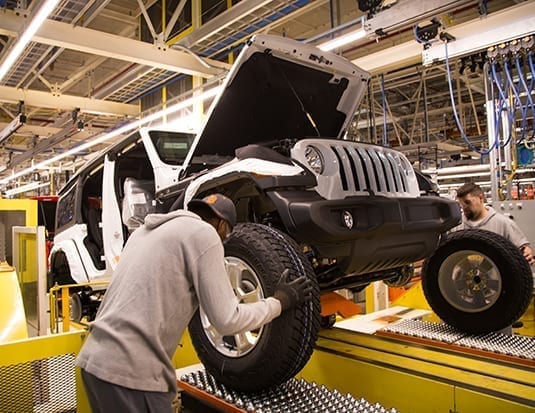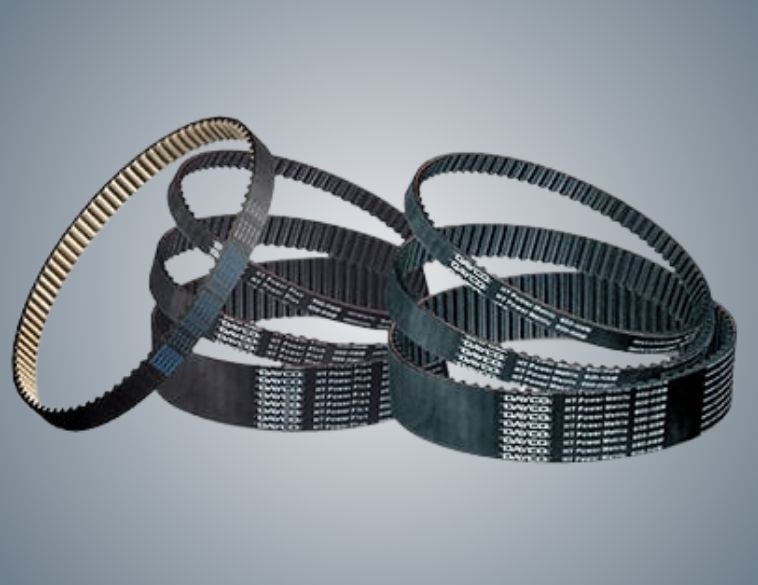Canada and other countries have been through quite a few disasters in the past year… hurricanes, fires, rain storms, flooding. The list is not small.
And then the United States threw another bombshell at Canada and Mexico: the alarming tariffs!
Well it seems that automotive parts makers and car manufacturers have dodged a big bullet! This is thanks to the tariffs that the U.S. president was going to rigorously enforce on Canada and Mexico, especially steel and aluminum. Now thankfully it is reported that President Trump said, “the U.S. will lift steel and aluminum tariffs on Canada and Mexico,” boosting efforts to encourage lawmakers to ratify his new North American trade deal. We’re also hoping that Congress will approve the USMCA quickly.
Huge sigh of relief
I imagine many parts manufacturers and car makers in Canada and the United States breathed a huge sigh of relief when this was announced.
Can you just imagine the chaos this announcement caused? So many parts and pieces of vehicles, not to mention other modes of transportation (motorcycles, bikes, etc.) and numerous other industries that use steel and aluminum in their daily manufacturing, would be affected.
Was it not understood how these tariffs would have hurt businesses using these products? How much business these industries would have lost, how much revenue?
This move lifted the 25% steel and 10% aluminum tariffs the U.S. placed on Canada and Mexico (in the name of national security) about a year ago. Naturally, Canada and Mexico retaliated by imposing their own tariffs on U.S. goods and, of course, became the obstacle for lawmakers from each nation in ratifying the U.S.-Mexico-Canada Agreement (USMCA).
Looking back, I frankly failed to see how that would have helped, but closer analysis regarding the provisions of the agreement about “Automobiles” revealed some interesting points. According to reports, “Automobile rules of origin (ROO) requirements mandate that a certain portion of an automobile’s content must come from within the governed region. In NAFTA, the required portion was 62.5%. The USMCA increases this requirement by 12.5%, to 75% of the automobile’ content (the initial proposal from the Trump administration was an increase to 85%). An added stipulation is that 40% of the automotive content be made by factories where the average wage is at least $16 (U.S.) per hour. While the deal’s text did not include the more demanding version of this provision, there is concern that the increased domestic sourcing will come with higher input costs and disruptions to existing supply chains.”
The ‘cost’ of the tariffs
Again, we must look back and “feel the pain” those tariffs would have cost manufacturers… not just the ones who build vehicles, but also parts manufacturers, and especially those who manufacture drums, rotors and chassis components. Greater production costs would have increased the price of the parts sold to the WD, in turn causing price increases at the Jobber level and, of course, then being passed down to the Service Provider who must increase prices for the customer!
Let’s hope this gets passed quickly by Congress, and then those impacted by these tariffs will be able to breathe more easily.



